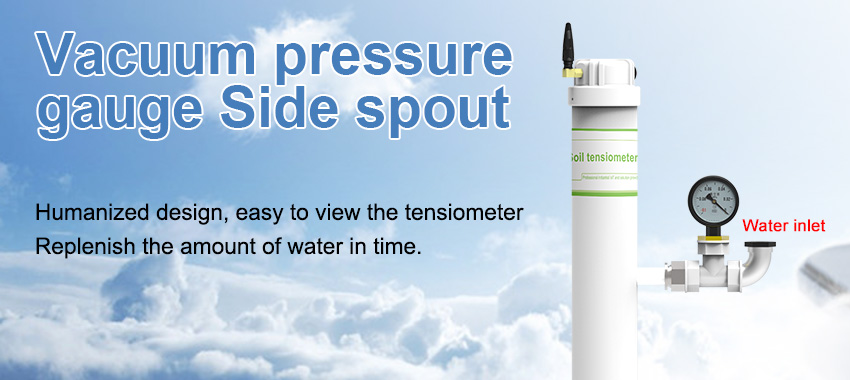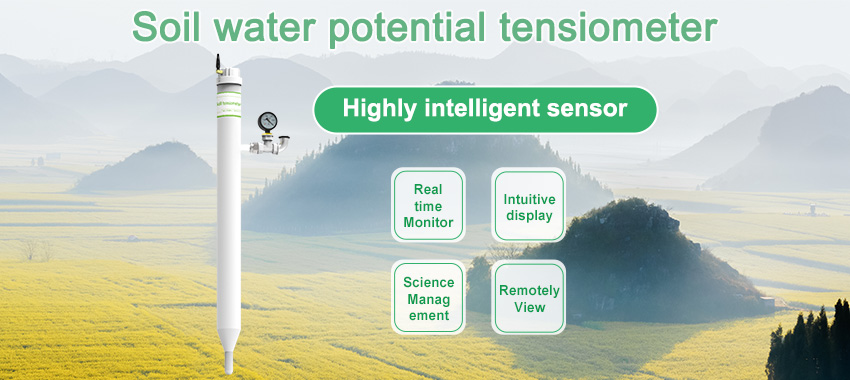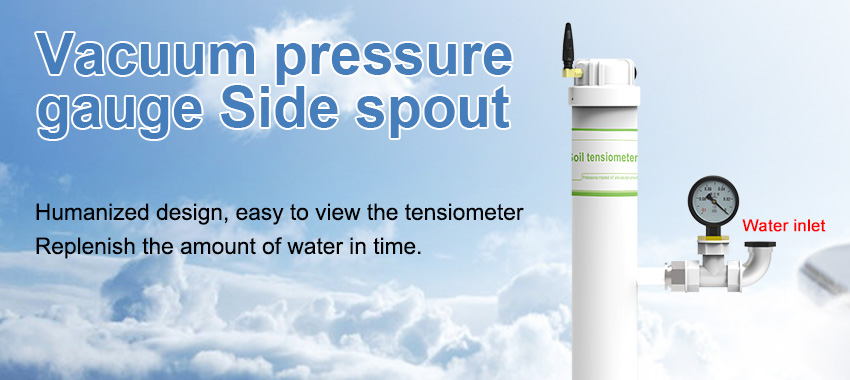Agriculture is the backbone of our society, providing us with the food we need to sustain ourselves. With the global population on the rise, ensuring food security and maximizing crop yield has become more important than ever. One critical factor in achieving enhanced crop yield is understanding soil moisture levels. Soil moisture sensors have proven to be invaluable tools in modern agriculture, allowing farmers to monitor and manage irrigation practices accurately. In this article, we will explore the significant role of soil moisture sensors in enhancing crop yield and revolutionizing farming practices.
Understanding Soil Moisture and its Impact on Crop Growth:
Soil moisture refers to the amount of water held in the soil, which is crucial for supporting plant growth and development. Adequate soil moisture ensures that plants receive the water they need for various physiological processes, including nutrient uptake, photosynthesis, and transpiration. Insufficient moisture can lead to stunted growth, reduced crop yield, and even plant death. On the other hand, excessive moisture can result in waterlogging, root suffocation, and increased susceptibility to diseases.

Challenges in Monitoring Soil Moisture:
Traditionally, farmers relied on manual methods such as visual inspection or physical feel to estimate soil moisture content. However, these methods are subjective, time-consuming, and provide limited information. They often lead to improper irrigation practices, resulting in over- or under-irrigation. Over time, the advancement of technology has introduced soil moisture sensors, enabling farmers to obtain accurate and real-time information about soil moisture levels.
Working Principle of Soil Moisture Sensors:
Soil moisture sensors operate based on various principles, including electrical resistance, capacitance, and time domain reflectometry (TDR). Electrical resistance sensors measure the resistance of the soil to an electric current, which is inversely related to its moisture content. Capacitance-based sensors measure the dielectric properties of the soil, which change with varying moisture levels. TDR sensors use electromagnetic waves to determine soil moisture content based on the travel time of the waves through the soil. These sensors provide precise and quantitative data on soil moisture, allowing farmers to make informed decisions about irrigation practices.
Benefits of Soil Moisture Sensors:
a. Optimal Irrigation Management: Soil moisture sensors provide farmers with accurate and real-time information on soil moisture levels, enabling them to optimize irrigation practices. By knowing the exact moisture content, farmers can determine when and how much water to apply, ensuring that plants receive the right amount of water at the right time. This optimal irrigation management promotes healthy plant growth, maximizes crop yield, and conserves water resources.
b. Water Conservation: Water scarcity is a growing concern in many regions worldwide. Efficient water management is essential for sustainable agriculture. Soil moisture sensors help farmers conserve water by guiding precise irrigation practices. Instead of using fixed schedules or guesswork, farmers can rely on sensor data to irrigate only when necessary. This reduces water wastage and ensures that every drop is utilized effectively.
c. Disease Prevention: Soil moisture sensors also play a vital role in disease prevention. Excessive soil moisture can create favorable conditions for diseases such as root rot and fungal infections. By monitoring soil moisture levels accurately, farmers can avoid overwatering, which reduces the likelihood of disease outbreaks. Healthy plants are more resilient to pests and diseases, resulting in higher crop yield and improved quality.
d. Resource Optimization: Using soil moisture sensors optimizes resource allocation on the farm. By understanding the moisture needs of their crops, farmers can allocate water resources more effectively. This not only saves water but also reduces energy and labor costs associated with unnecessary irrigation practices. Resource optimization leads to improved farm profitability and sustainability.

e. Enhanced Crop Quality: Soil moisture plays a crucial role in determining crop quality. By utilizing soil moisture sensors, farmers can provide the optimal moisture conditions for their crops. This enhances nutrient uptake, reduces water stress, and leads to improved overall crop quality. High-quality crops are not only more marketable but also have better nutritional value.
Integration with Precision Agriculture:
Soil moisture sensors form an integral part of precision agriculture, a data-driven approach to farming. The data collected by the sensors can be integrated with other technologies such as Geographic Information Systems (GIS) and satellite imagery. This integration allows farmers to precisely monitor soil moisture levels across their fields, identify areas with varying moi







